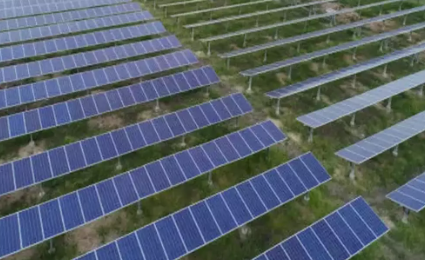What is Solar Paraboloid Technology?
As the world moves towards using more renewable energy, solar paraboloid technology is becoming more popular because it could make solar power more efficient. This technology might play a big role in reducing carbon emissions and helping countries meet their net-zero goals.
Solar Paraboloid Technology
Solar paraboloids use a Parabolic Trough Collector (PTC) system. This system has long, curved mirrors that focus sunlight onto a tube. The energy collected heats a fluid inside the tube, which can then be used to generate electricity or provide heat for industries. Unlike traditional solar panels, solar paraboloids can work at much higher temperatures, up to 300°C, making them more efficient by reducing heat loss.
Economic Impact and Market Potential
Although solar paraboloids can produce more electricity from the same amount of sunlight compared to regular methods, they are expensive to set up and require complicated infrastructure. However, with better efficiency, they could help lower electricity costs, making solar energy more competitive with fossil fuels. Investment in research, development, and government support is crucial to overcome the challenges.
Industry Response and Future Prospects
The industry has shown cautious interest in solar paraboloid technology, with successful projects like the Godavari solar project and the Dadri ISCC plant. However, high costs and technical challenges remain obstacles. Despite this, the future looks promising. As the demand for renewable energy increases, solar paraboloids could play a vital role in meeting global renewable energy targets, possibly becoming cost-competitive by 2050.
Could this be a Game Changer in Renewable Energy?
Solar paraboloid technology is still in its early stages but has the potential to revolutionize renewable energy. With continued research, innovation, and supportive policies, it could become a major player in the energy market, offering an effective solution to meet the world’s growing energy needs and significantly contributing to sustainable energy goals.
Month: Current Affairs - August, 2024
Category: Science & Technology Current Affairs








